Story by Roberto Motta
Photos courtesy Lamborghini
Lamborghini Polo Storico has completed restoration of one of the most famous Miuras ever built: the SVR. Upon delivery last summer, the car was exhibited at Japan’s Nakayama Circuit.
Very few cars have managed to change the automobile world like the Lamborghini Miura. With its central engine and fascinating body designed by Marcello Gandini for Bertone in 1966, Lamborghini redefined the concept of Super Car. Sceptical about the possibility of selling a large number of this sports car, Ferruccio Lamborghini decided to produce it on a small scale. As the Miura’s fans well know only 763 were produced in the Italian plant in Sant’Agata Bolognese between 1966 and 1972.
The Miura SVJ “Jota” (pronounced “Yota”) was the dream of Lamborghini test driver Bob Wallace: the ultimate competition-ready Miura. Wallace had been involved with the design and evolution of the Miura since its early days and knew its enormous potential best of all. With the support of the Lamborghini factory, he started producing a special ready to race Miura that he hoped would help bring the company into motorsports. The resulting automobile was dubbed the Jota. It was built in 1970 as a one-off test bed to fit into the FIA’s Appendix J (hence Jota).
The Jota was built on chassis number 5084, with engine number 30744. The engine, which had dry-sump lubrication, was a 3929 cc DOHC transverse V-12, with four Weber 46mm three-barrel carburetors, was able to produce 440 hp, and was combined with five-speed manual transmission.
After the Jota was destroyed during a test drive, many customers requested that Lamborghini build Miura SVJ models, and a few were actually produced. Soon after the Jota became public knowledge, several Miura owners asked to have their car modified to Jota specifications.
This SVR was originally a normal Miura S, chassis number 3781, with the engine number 2511 and body number 383, [though factory records state the body number is 283] it had been painted in trademark Verde Miura with a black interior. It was delivered to Lamborauto, a dealership in Turin, Italy, on 30 November 1968. The car was then displayed at the 50th Turin Motor Show.
After changing owners eight times in Italy over the next few years, the vehicle was bought in 1974 by German Heinz Steber, who took it back to Sant’Agata in order to have it transformed into an SVR, a project that required 18 months of work.
In 1976 the car was sold to Japanese enthusiast Hiromitsu Ito and was shipped there, where it caused quite a sensation, including acting as the inspiration for the “Circuit Wolf” comic book series.
Japanese toy manufacturer Kyosho used this car as the basis for their well known 1:18 scale models of both the Lamborghini Miura SV and Miura SVR.
Now the car has been returned to its former splendor by the Polo Storico specialists, and was driven during an event organized in its honor on the Nakayama track in Japan.
The full restoration required 19 months, more than the time needed for the original conversion, and required a different approach to the way that Lamborghini’s technicians normally work. Paolo Gabrielli, Lamborghini Head of After Sales and Director of the Polo Storico, has said that the original production sheet wasn’t of much help, and the technicians relied mostly on the specifications from the 1974 modifications. The challenge for the Polo Storico team was rendered all the more difficult as the car arrived in Sant’Agata in pieces, and many of the parts had considerable modifications.
After the restoration, which was completed in June of 2018, the only variations on the original specifications were the addition of 4-point safety belts, of more supportive seats, and a removable roll bar. All the modifications were expressly requested by the customer and are intended to improve safety during the car’s track exhibitions.

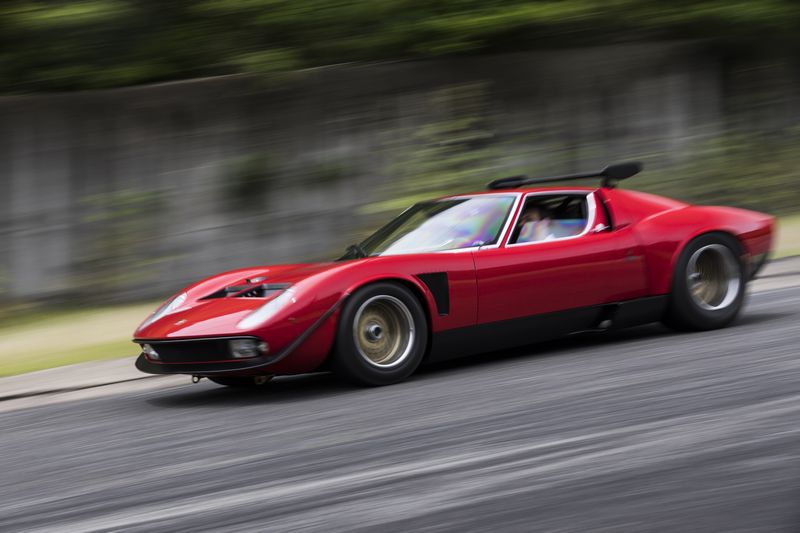
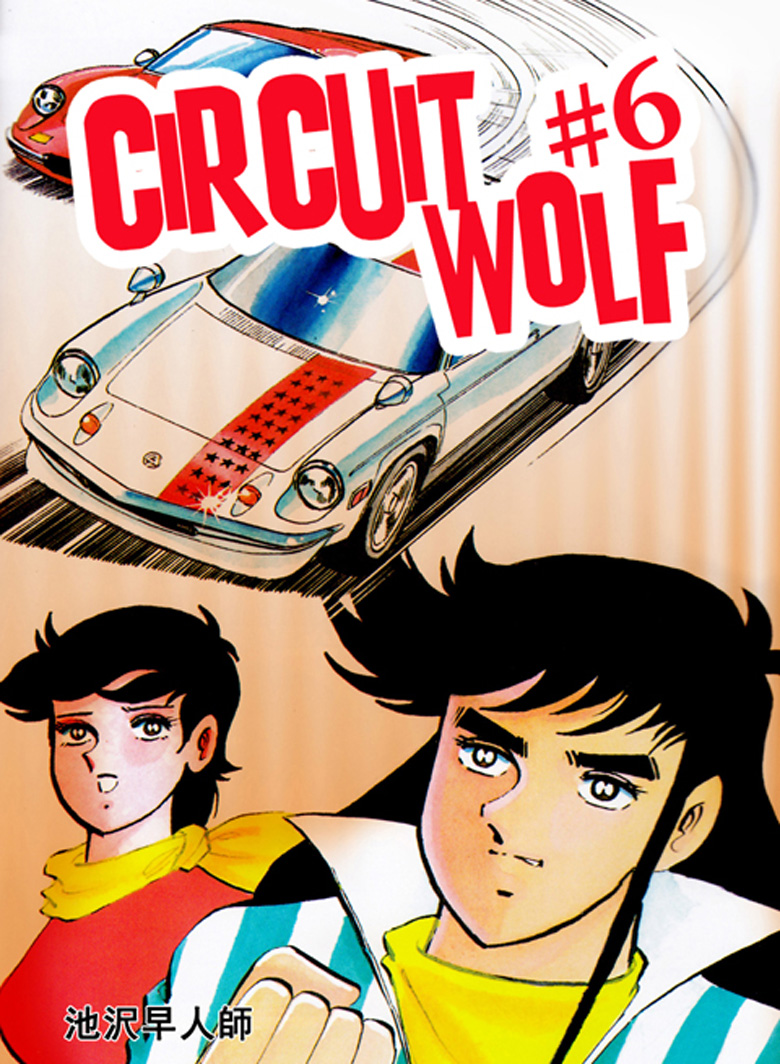
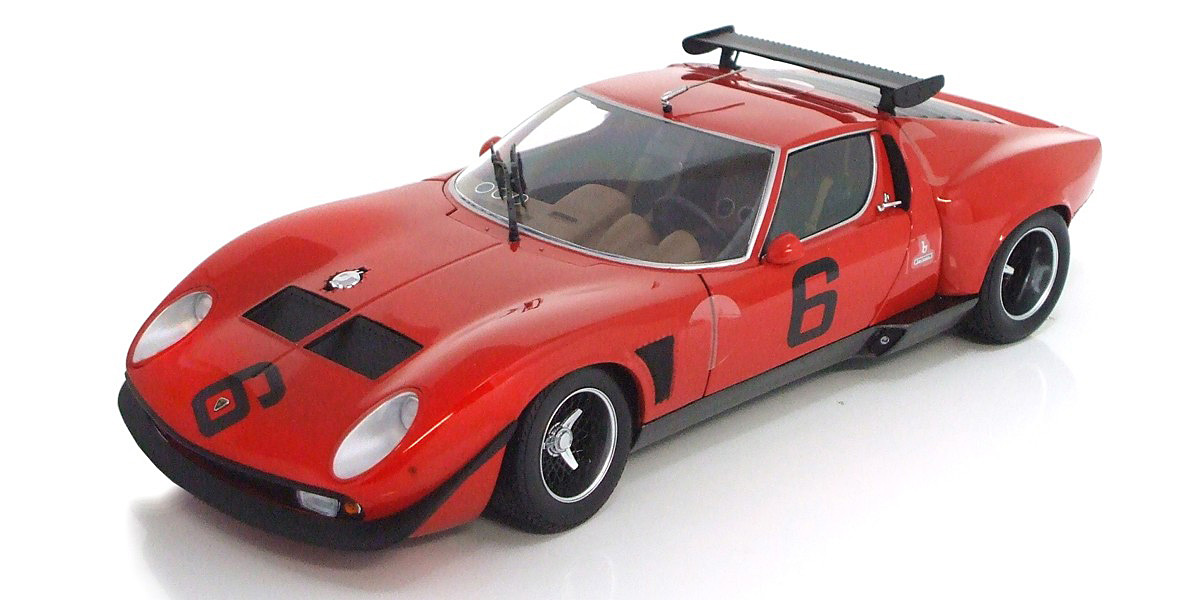
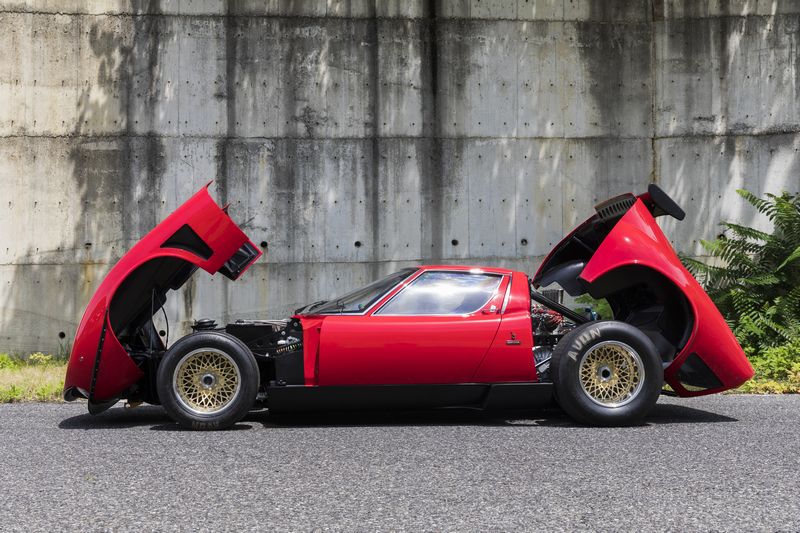
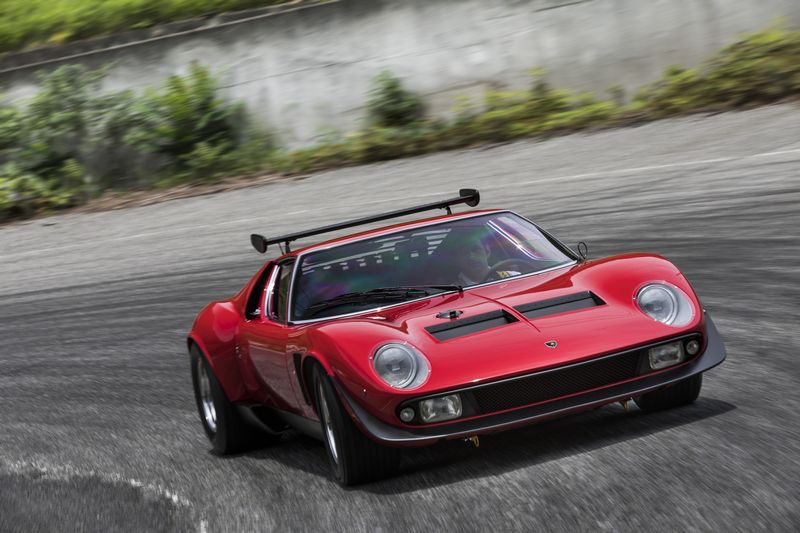
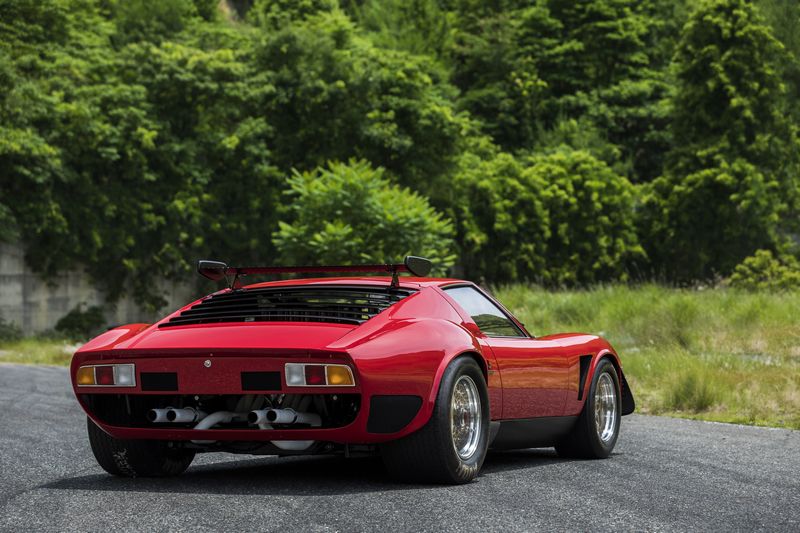
All of the Miura body numbers are 100 higher than the actual production order. So body number 383 is the 283rd built
Thanks Glen! Readers like you are totally amazing!
Pete